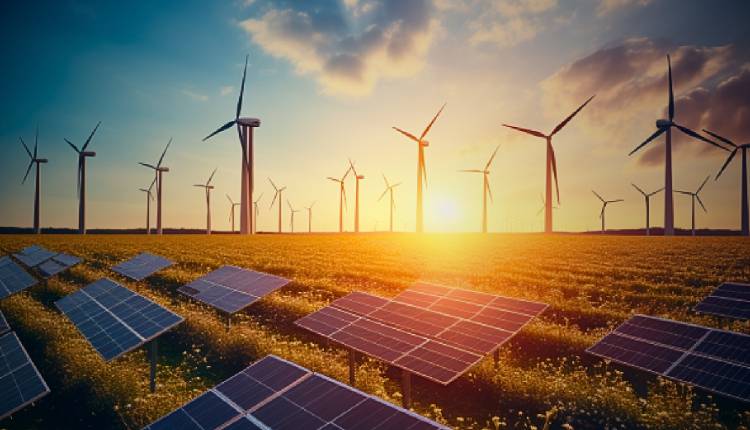Power generated from low-emission sources like wind, solar, and nuclear will suffice to satisfy the increase in global demand over the next three years, with a reduction in power sector emissions, the International Energy Agency (IEA) reported on Wednesday.
The IEA report also projected that, following remarkable growth, by 2026, almost half of the world’s energy will be generated by low-emission sources, a substantial rise from less than 40 per cent in 2023.
The report anticipates that renewables will surpass coal in electricity generation by early 2025, making up over a third of the total.
It also predicts a global record high for nuclear power as France’s output rebounds from its 2022 low, several Japanese plants restart, and new reactors start operating in markets like China, India, Korea, and Europe.
According to IEA data, the average electricity demand is predicted to increase by 3.4 per cent from 2024 to 2026.
China, India, and Southeast Asia are expected to account for about 85 per cent of this growth. This comes after a slight decrease in growth to 2.2 per cent in 2023.
The report predicts that China will contribute the most to the global rise in electricity demand during this period, even with an anticipated slowdown in economic growth and less dependence on heavy industry.
It also forecasts a 2.4 per cent drop in global emissions in 2024, with smaller reductions expected in 2025 and 2026.
The report highlighted that the growing separation between global electricity demand and emissions is crucial, especially with the energy sector’s rising electrification.
This increase is due to more consumers adopting technologies like electric vehicles and heat pumps.
The IEA reported that in 2023, electricity would make up an additional 2 per cent of final energy consumption compared to 2015.
However, to achieve climate goals, the pace of electrification needs to accelerate significantly in the upcoming years.
